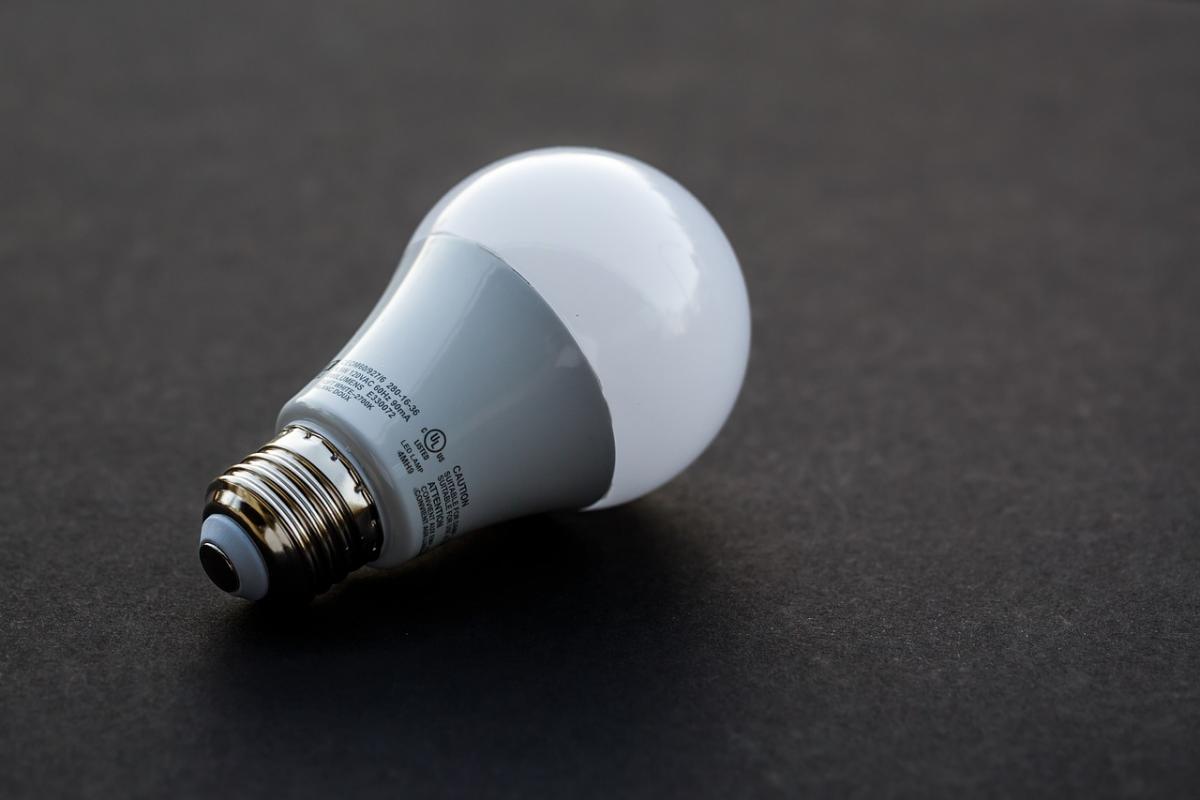Five Simple Ways to Boost Your Home's Energy Efficiency
 You don't have to wait till Earth Day to think about energy efficiency, it's always a good time to improve your home's energy costs! Remember, going green is a win-win, as it reduces the strain on both the environment and your wallet. Plus, there's no need to get discouraged by only thinking about major projects like installing solar panels; after all, even small, inexpensive changes can yield oversized impacts if they target the areas of greatest waste in your home. In this post, you can learn about 5 simple home improvements that will go a long way toward reducing your energy footprint.
You don't have to wait till Earth Day to think about energy efficiency, it's always a good time to improve your home's energy costs! Remember, going green is a win-win, as it reduces the strain on both the environment and your wallet. Plus, there's no need to get discouraged by only thinking about major projects like installing solar panels; after all, even small, inexpensive changes can yield oversized impacts if they target the areas of greatest waste in your home. In this post, you can learn about 5 simple home improvements that will go a long way toward reducing your energy footprint.
1. Replace your old toilets
In the typical American home, toilets are the largest single consumer of water, accounting for 30% of total water use on average according to the EPA. Depending on how old your toilets are, they could be wasting massive amounts of water and drastically raising your water bill. For example, a modern high-efficiency toilet only uses about 1.6 gallons of water per flush, whereas toilets manufactured in the '80s and early '90s consume 6 gallons per flush! This means that, if you flush 5 times per day, replacing one of these older toilets would save many gallons of water! Plus, models of toilet from before 1980 could be using even more water than that!
2. Go with a low-flow shower
According to the EPA article above, showers represent the second-largest source of water use at 20% of a home's total water. Although the efficiency increase of a typical modern shower head isn't as dramatic as it is with a modern toilet, it can still reduce your water consumption substantially. Most shower heads made since 1980 allow a flow rate of 2.5 gallons per minute, while energy efficient models often use closer to 1.5 gpm. However, if your shower head is from before 1980, it could be using as much as 5 gpm!
3. Pay attention to your faucet
Our last recommendation for reducing water waste applies to faucets, which come in third at around 19% of household water usage. The simplest advice in this case is to simply turn off the faucet when you don't need it! For instance, many people leave the faucet running while they brush their teeth, a mistake which costs 3-4 gallons of water every time you do it! You can also reduce the flow rate of any faucet by adding an aerator to the nozzle.
4. Kill energy vampires
You know all of those devices that are plugged in all over your house? It turns out that they slowly consume electricity even when they are turned off, an issue which earns them the title of "energy vampire". Of course, defeating these monsters is easy; just unplug them when they aren't in use! This applies to phone chargers, lamps, TVs, and almost anything else that uses electricity. If you don't want to have to constantly unplug and replug items, then consider plugging them into a power strip or other device with a real on/off switch.
5. Get rid of incandescent bulbs
Finally, if you are still using incandescent light bulbs, then please replace them ASAP. Halogen, fluorescent, and especially LED bulbs all offer massive savings in energy usage while also lasting many times longer than an equivalent incandescent bulb. Yes, LEDs are more expensive up front, but each one will shave several dollars per year off your electricity bill and need to be replaced far less often, which means they more than pay for themselves.
- Cheryl Bourland's blog
- Login or register to post comments
 Google+
Google+


 Information Deemed Reliable but Not Guaranteed. CENTURY 21 H.S.V. Realty is licensed in the state of Arkansas. CENTURY 21 and the CENTURY 21 Logo are registered service marks owned by Century 21 Real Estate LLC. H.S.V. Realty, Inc. fully supports the principles of the Fair Housing Act and the Equal Opportunity Act. Each franchise is independently owned and operated. Any services or products provided by independently owned and operated franchisees are not provided by, affiliated with or related to Century 21 Real Estate LLC nor any of its affiliated companies.
Information Deemed Reliable but Not Guaranteed. CENTURY 21 H.S.V. Realty is licensed in the state of Arkansas. CENTURY 21 and the CENTURY 21 Logo are registered service marks owned by Century 21 Real Estate LLC. H.S.V. Realty, Inc. fully supports the principles of the Fair Housing Act and the Equal Opportunity Act. Each franchise is independently owned and operated. Any services or products provided by independently owned and operated franchisees are not provided by, affiliated with or related to Century 21 Real Estate LLC nor any of its affiliated companies.